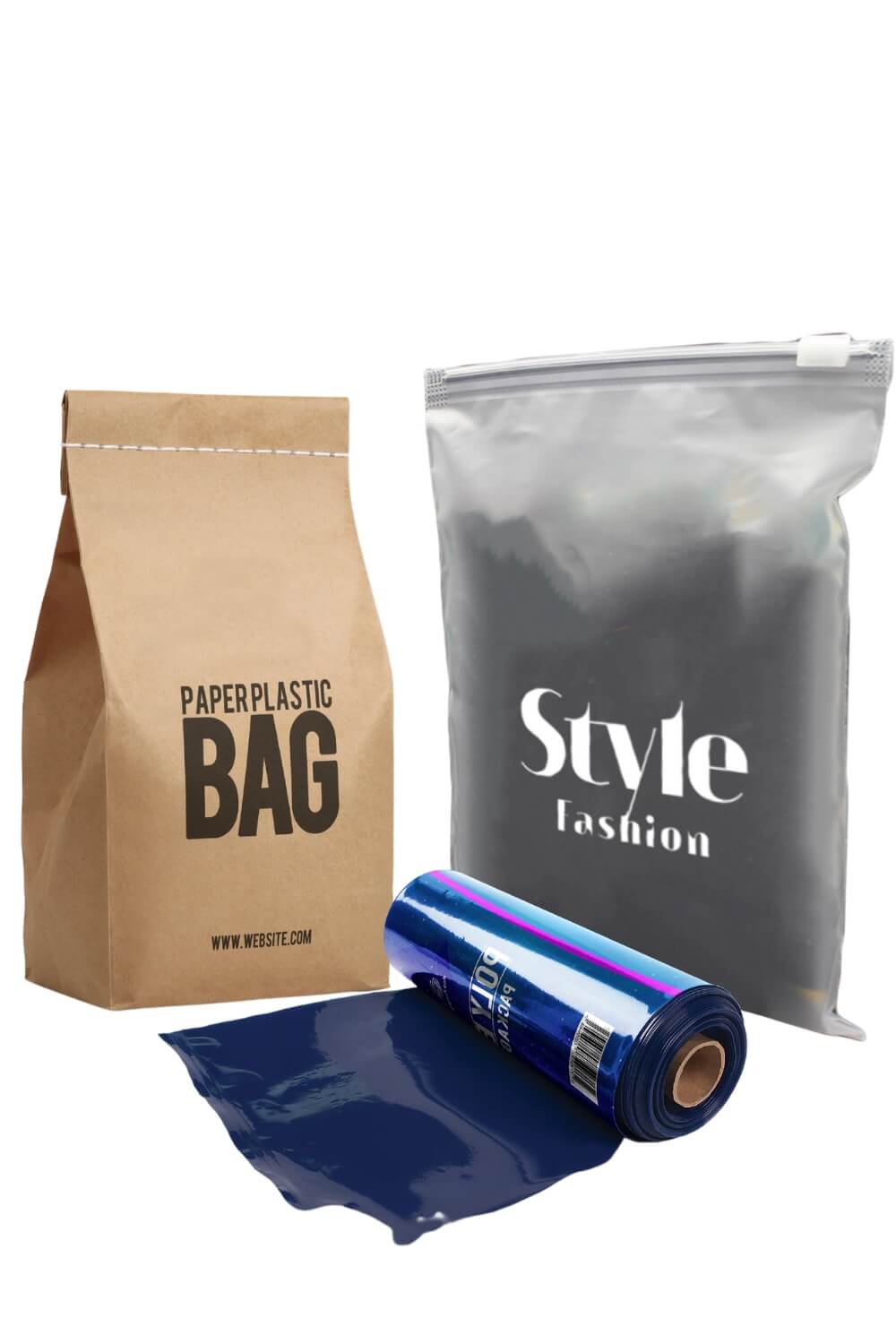Sustainability in packaging is a topic of increasing importance in today's society. With the growing awareness of the environmental impact of packaging materials, consumers are becoming more conscious of the products they purchase and the packaging they come in. According to a report by McKinsey, "sustainability is a key driver of purchase decisions for one in four US consumers." This trend is not limited to just a select group of environmentally conscious consumers, but is increasingly becoming mainstream.
The report by McKinsey surveyed over 2,000 US consumers to understand their attitudes and behaviors towards sustainable packaging. The results showed that consumers are willing to pay more for sustainable packaging options and that they are also more likely to purchase from companies that have a strong commitment to sustainability. The study also found that transparency and clear labeling are important to consumers when making purchasing decisions about packaging.
One of the key findings of the report is that consumers are looking for packaging that is both environmentally friendly and convenient. They want packaging that is easy to recycle or compost, but also packaging that is easy to open and use. This highlights the need for packaging companies to strike a balance between sustainability and functionality.
Another important aspect of sustainable packaging is the use of renewable or biodegradable materials. Consumers are increasingly looking for packaging made from plant-based materials, such as paper and cellulose, instead of traditional materials like plastic. According to a study by the Biodegradable Products Institute, "biodegradable plastics, when properly composted, break down into natural substances such as water, carbon dioxide, and biomass, leaving no visible, distinguishable or toxic residue." This is a clear advantage over traditional plastics, which can take hundreds of years to decompose and contribute to pollution and waste.
The use of digital technology is also playing a key role in driving sustainability in packaging. With the rise of e-commerce, packaging companies are turning to digital solutions to reduce the use of materials and decrease the carbon footprint of packaging. According to a report by Accenture, "Digital technologies like 3D printing and virtual packaging enable companies to create and test designs virtually, reducing the need for physical prototypes and reducing waste." This not only saves materials but also helps to speed up the development process, allowing companies to bring sustainable packaging solutions to market faster.
In conclusion, sustainability in packaging is a topic of growing importance for both consumers and packaging companies. Consumers are increasingly looking for packaging that is both environmentally friendly and convenient, and they are willing to pay more for sustainable options. Packaging companies must strike a balance between sustainability and functionality, and consider the use of renewable and biodegradable materials as well as digital technologies to drive sustainability in packaging.
References:
- McKinsey. "Sustainability in packaging: Inside the minds of US consumers." https://www.mckinsey.com/industries/paper-forest-products-and-packaging/our-insights/sustainability-in-packaging-inside-the-minds-of-us-consumers
- Biodegradable Products Institute. "What Are Biodegradable Plastics? https://www.bpiworld.org/what-are-biodegradable-plastics/
- Accenture. "How digital technologies are driving sustainability in packaging." https://www.accenture.com/us-en/insights/sustainability/digital-technologies-sustainability-packaging





Leave a comment
This site is protected by hCaptcha and the hCaptcha Privacy Policy and Terms of Service apply.